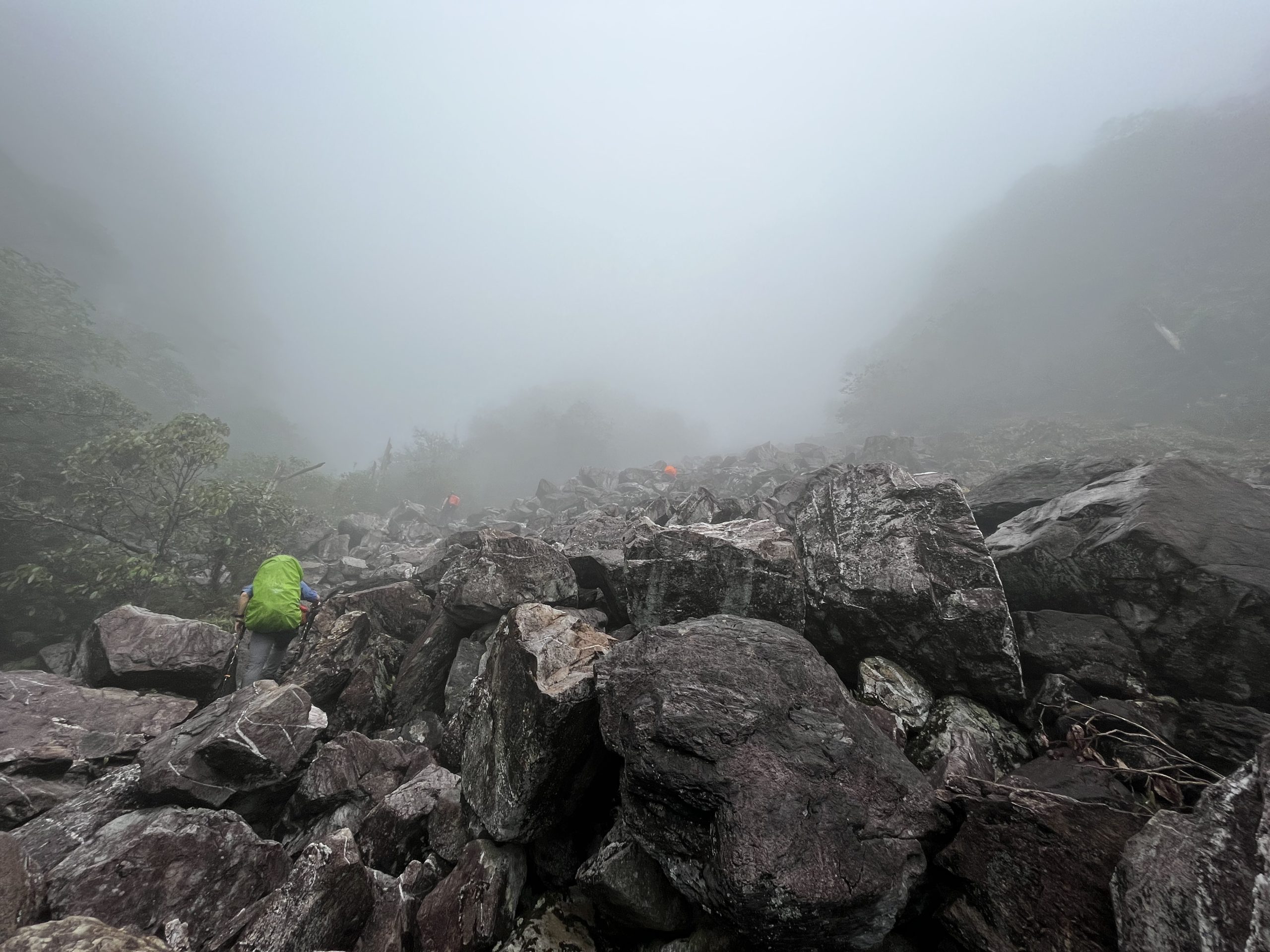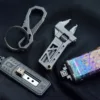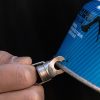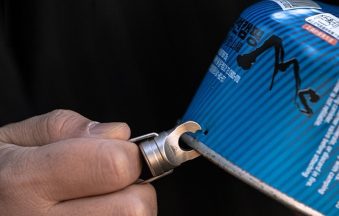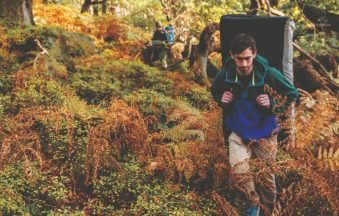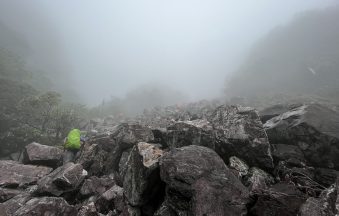How to Choose the Right Outdoor Gear
In the mountains, rivers, and wilderness, having a practical set of hiking gear is crucial. Today, TIHTM will guide you on selecting the right outdoor equipment.
Backpack: Your Load-Bearing Ally
A backpack is one of the essential pieces of outdoor gear. When choosing one, the key is to find a pack that fits your body well, including your height and waist size. Make sure to try it on multiple times and do a weight test: load it up with some weight, tighten the hip belt so it sits right on your hip bones, and then adjust the shoulder straps to ensure an even distribution of weight across your shoulders, back, and hips. If any part feels uncomfortable, this pack isn’t for you.
For long trips, a 70-80L backpack is recommended to accommodate all your gear. Pay attention to the design of top pockets, side pockets, and the comfort of the straps, ensuring they’re easy to access and breathable.
Shoes: Your Safety Net
The quality of your shoes directly impacts your safety. Hiking shoes generally come in high-top and mid-top styles, and your choice should depend on the environment and season. High-top shoes offer better ankle support, especially during long hikes. Make sure they’re slip-resistant, waterproof, and breathable, and go for a half to a full size larger to allow for some wiggle room.
If you expect to encounter water, consider bringing a pair of water shoes or inexpensive sandals.
Tent and Sleeping Bag: Your Outdoor Sanctuary
A sleeping bag is a must-have for outdoor activities. The quality of your sleeping bag can make or break your sleep experience. Sleeping bags come in various materials: cotton, down, and fleece; and they are categorized into envelope or mummy styles. Choose one based on the temperature of your destination, as every sleeping bag has a temperature rating.
Currently, sleeping bags are mainly filled with two types of materials: down and synthetic. Down is lightweight, compressible, and warm, but can lose its insulating properties if it gets wet. Synthetic bags don’t keep you as warm as down but can still provide some insulation when wet, and they dry much faster.
Tents come in single, double, or multi-person styles and are categorized based on their use, like mountaineering, camping, or car camping. Choose your tent according to the environment, focusing on wind resistance, waterproofing, and pole quality.
Clothing: Function Meets Fashion
No matter the season, wear long sleeves and pants. A standard hiking outfit consists of three layers: a moisture-wicking base layer, an insulating middle layer, and an outer layer that is windproof, waterproof, and breathable.
Avoid cotton for your base layer; while it absorbs sweat, it doesn’t dry quickly and can lead to hypothermia in cold conditions.
Choose your insulating layer based on the environment—options include cotton, fleece, or down. For outer layers, select a windbreaker or rain jacket that meets the basic functions of wind resistance, waterproofing, and breathability. Don’t forget accessories like hats, neck gaiters, sunglasses, gloves, and socks; choose them based on your personal style.
Trekking Poles: Your Third Leg
For long treks, trekking poles are invaluable. Made from materials like aluminum or carbon fiber, they help reduce strain and can be used for self-defense if needed. When choosing poles, consider weight, strength, shock absorption, and wrist straps, with prices ranging from $10 to $500 based on your budget.
You may also want to pack a stove, fuel canisters, utensils, and a water bottle, depending on your group’s needs. A multi-functional outdoor watch that includes a timer, altimeter, barometer, compass, and GPS can be quite handy.
Other Essentials: The Outdoor Triad
Knife, rope, and fire are essential outdoor items. In the Oscar-winning film “127 Hours,” climber Aron Ralston used a knife and rope to survive, which serves as a great lesson for beginners.
Opt for a Swiss Army knife for its multifunctionality, a sturdy rope for emergencies, and a reliable lighter (like a ZIPPO). Avoid liquid lighters as they may not work at high altitudes; outdoor matches are a good alternative.
With this guide, you’ll be well-equipped to choose the right gear for your outdoor adventures!

